Some household items that were once considered must-haves have become relics of the past, leaving younger generations puzzled about their original purpose. As technology and home design evolve, many once-commonplace objects have faded into obscurity. While some of these items still have niche uses, most have been replaced by modern innovations. Here are 15 things that were once household staples but now leave many scratching their heads.
1. Phone Nooks
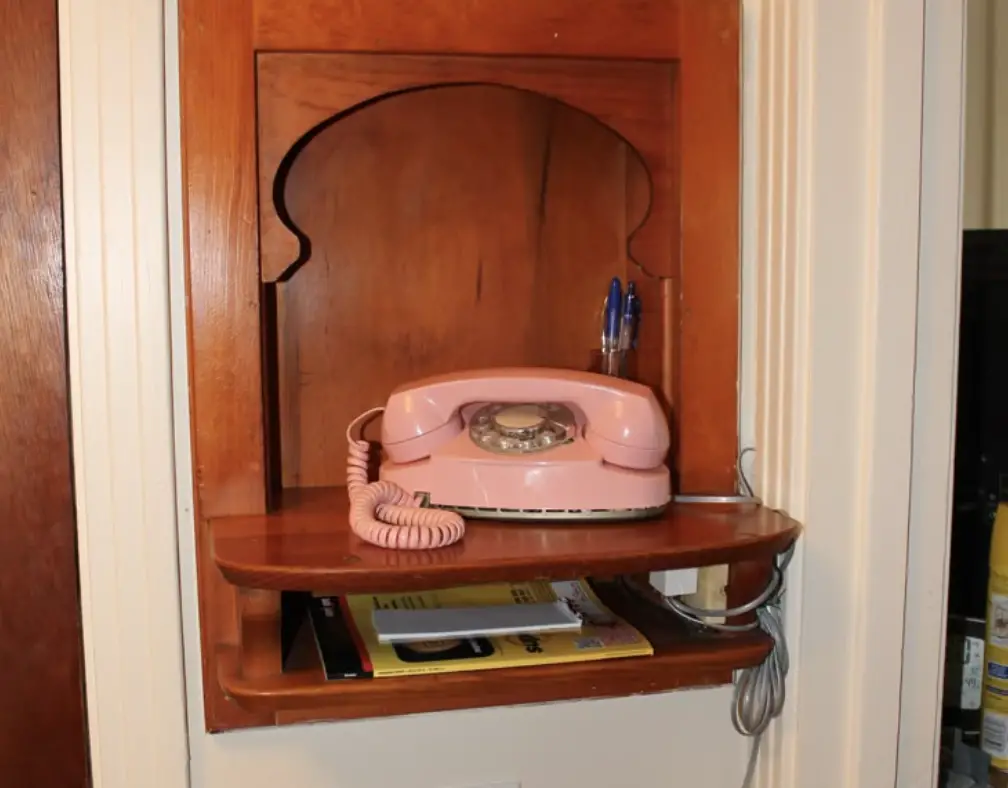
Phone nooks were once a key feature in homes, providing a designated space for the household landline. According to House Digest, these small recessed shelves were often found in hallways or kitchens, giving easy access to a rotary or corded phone. They were designed to keep the bulky devices off countertops while still ensuring they were within reach for family calls. In many older homes, these nooks still exist, though they now serve little purpose.
With the rise of smartphones, landlines have become almost obsolete, and phone nooks have lost their function. Many homeowners now repurpose these spaces for decorative displays, charging stations, or even mini shelving units. While they once represented the height of household efficiency, they now serve as quirky reminders of the past.
2. Icebox Compartments
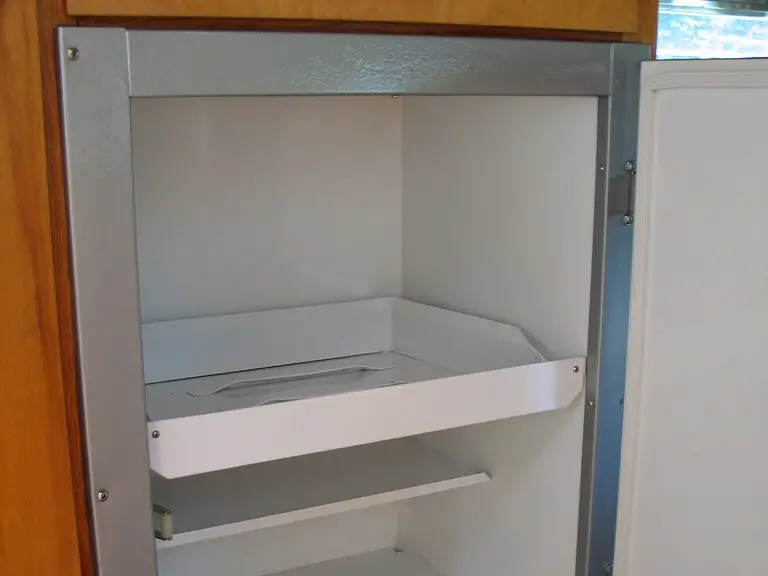
Before modern refrigerators became standard, homes relied on icebox compartments to keep food fresh. As the National Park Service explains, these compartments held large blocks of ice delivered by ice men, slowly melting to cool perishables. They were a necessity before electricity was widely available, ensuring milk, meat, and other foods didn’t spoil. Some older homes still feature remnants of these compartments, though they are no longer used for their original purpose.
Today’s refrigerators are vastly more efficient, making the concept of an icebox feel foreign to many. Some people now repurpose these spaces for extra storage or convert them into built-in wine coolers. While once a daily necessity, the icebox has long been replaced by modern refrigeration technology.
3. Built-In Soap Holders with a Razor Slot
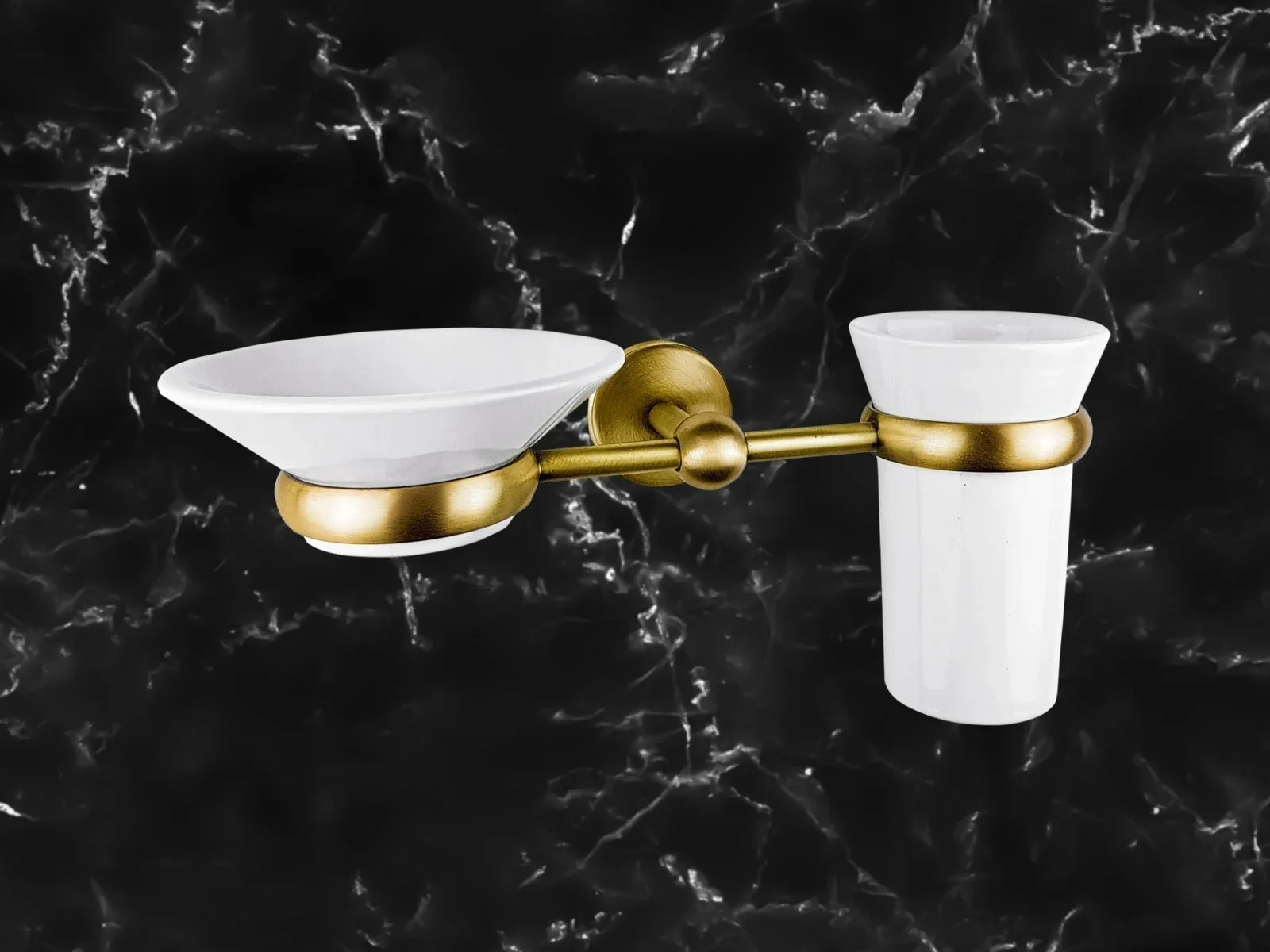
Bathroom tiles in mid-century homes often featured built-in soap holders with a mysterious slit in the bottom. These were designed to dispose of used razor blades safely, allowing homeowners to slide dull blades into the wall cavity. At the time, this was considered a hygienic way to handle disposable blades without risking injury. However, the long-term consequence was that walls in older homes became filled with rusting razor blades.
Today, safety razors and cartridge blades have largely replaced straight razors, and these built-in slots have lost their relevance. According to Realtor.com, many homeowners patch up or remove these fixtures when remodeling. What was once a practical feature is now an outdated oddity that leaves modern residents scratching their heads.
4. TV Antenna Jacks
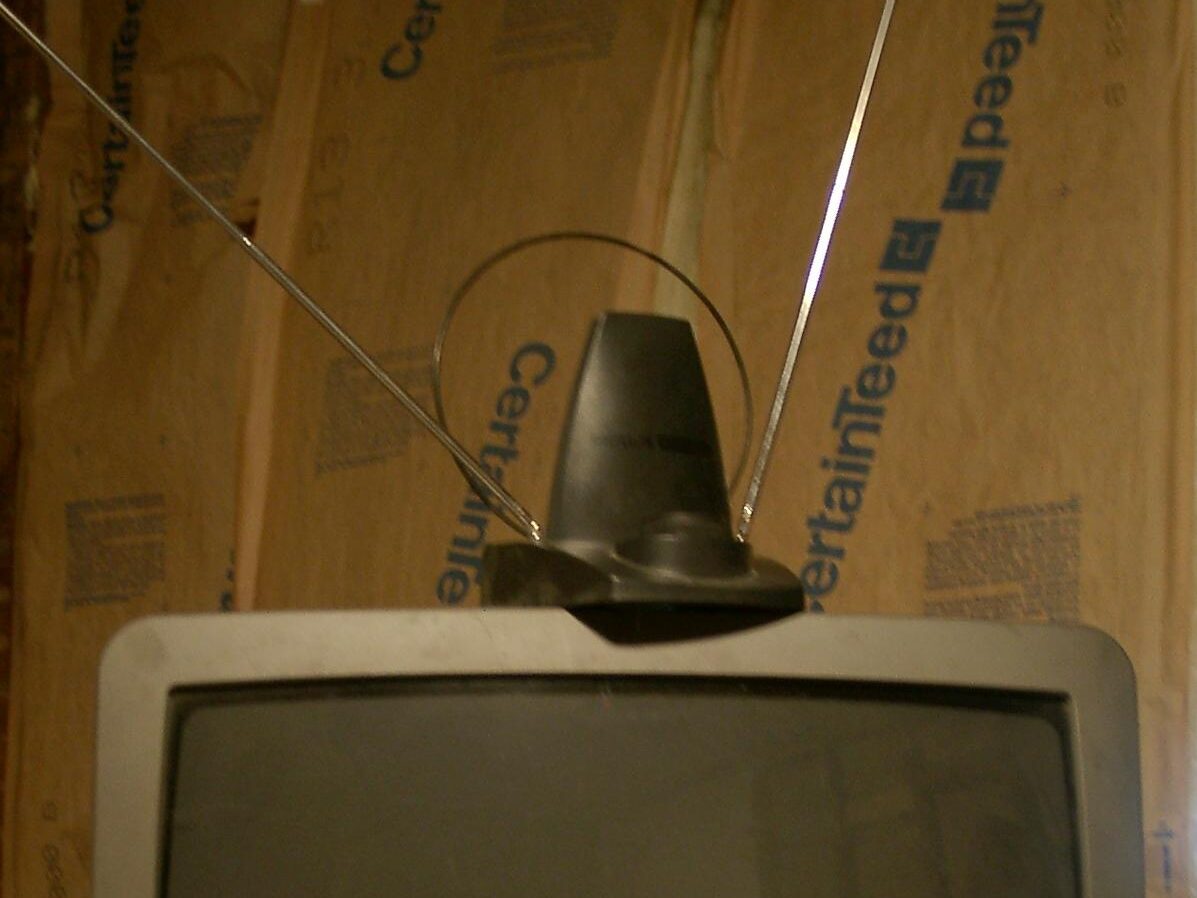
Before cable and streaming services took over, homes were wired with TV antenna jacks to capture over-the-air broadcasts. These jacks connected televisions to rooftop or indoor antennas, ensuring clear reception of local channels. Homeowners would often adjust their “rabbit ear” antennas to get the best picture quality. This setup was essential before satellite and fiber-optic technology made antennas nearly obsolete.
With the rise of high-speed internet and digital streaming, most people no longer rely on traditional antenna connections. Smithsonian Magazine notes that while some cord-cutters still use digital antennas for local channels, the majority of TV viewing now happens online. As a result, these old jacks remain unused in many homes, serving as reminders of a time before on-demand entertainment.
5. Dumbwaiters
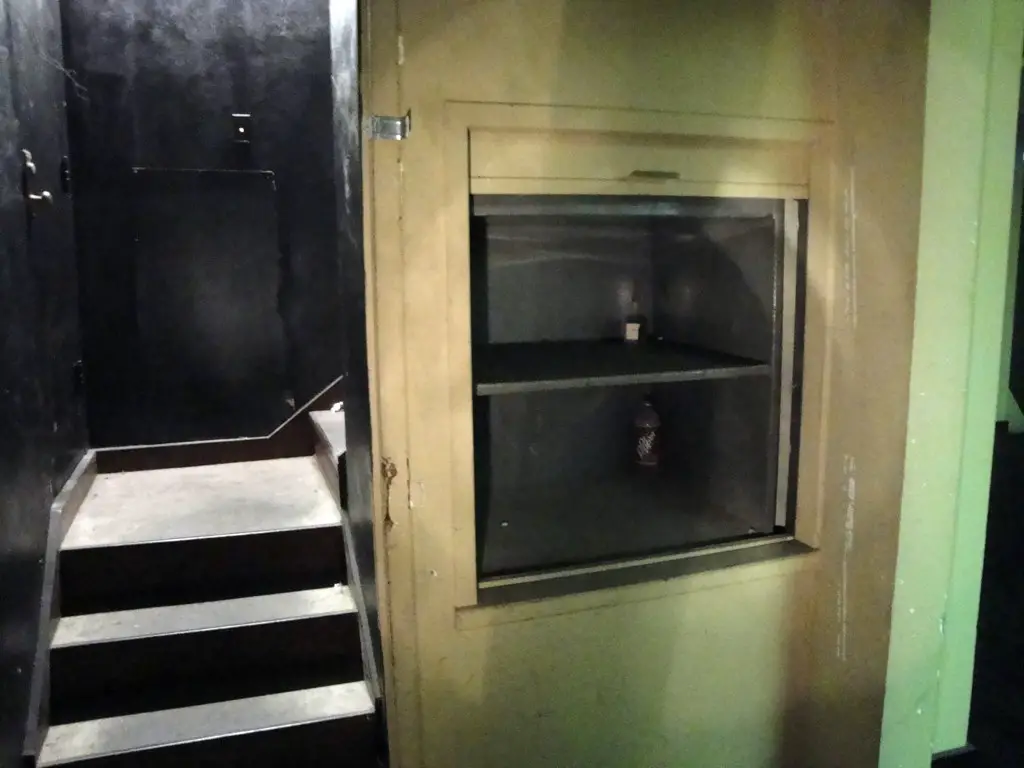
Dumbwaiters were small, manually operated elevators used to transport food, laundry, or supplies between floors. These mini-lifts were especially popular in large homes, where they saved residents from carrying heavy trays or baskets upstairs. While once a sign of convenience and efficiency, they have fallen out of favor due to changing home layouts and the rise of modern appliances. Today, many people don’t even recognize them.
Most homes no longer require a dumbwaiter since kitchen layouts and laundry placement have evolved. In some cases, homeowners convert these spaces into storage cabinets or hidden shelving. Though they were once a practical feature, dumbwaiters are now an outdated relic of the past.
6. Intercom Systems
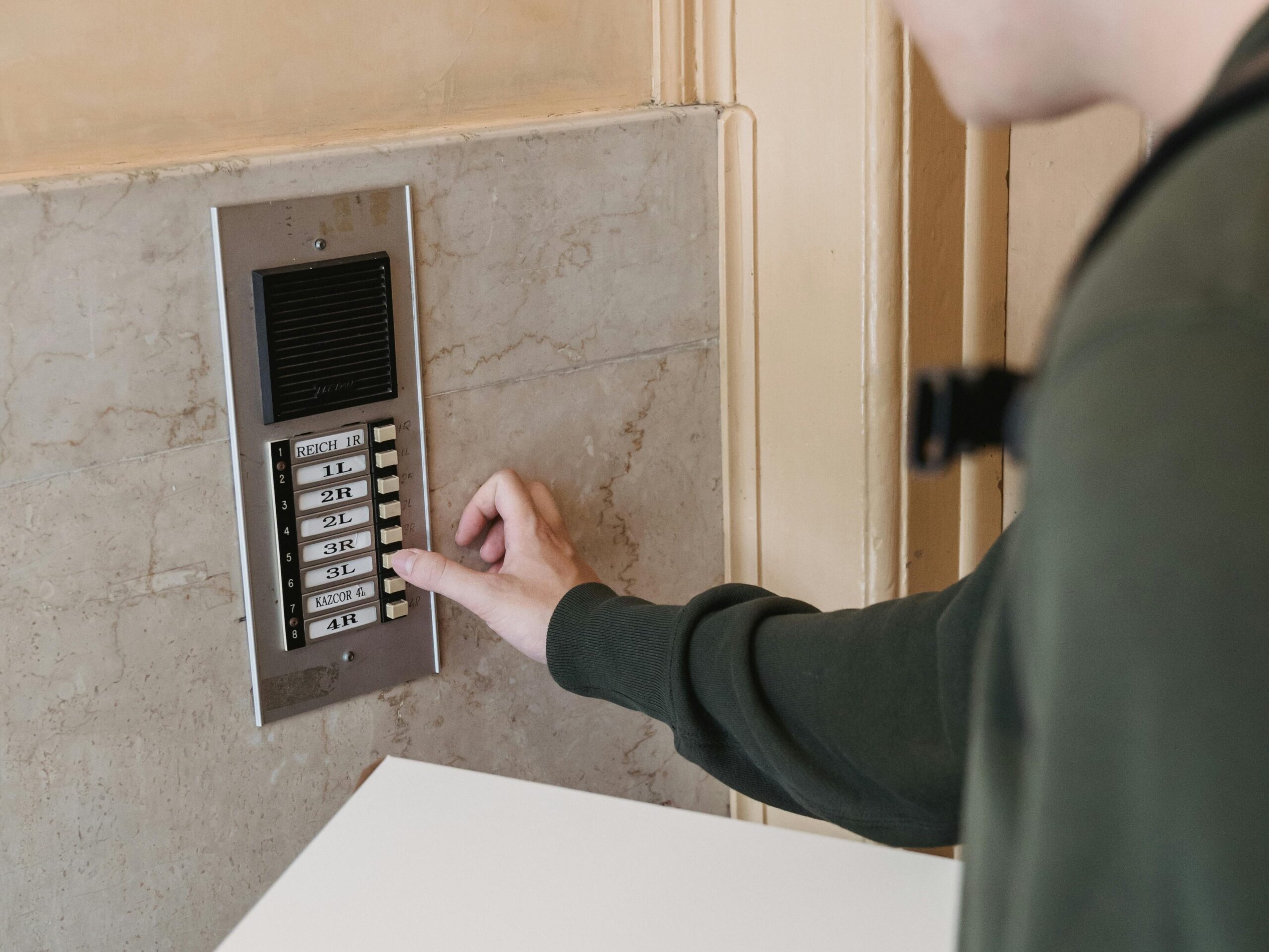
Built-in intercom systems were once considered a luxury, allowing homeowners to communicate between rooms without shouting. These systems were especially common in larger homes, where calling across multiple floors was inconvenient. However, as mobile phones and smart home devices have advanced, the need for wired intercoms has disappeared. Many of these systems now sit unused, taking up wall space.
Modern alternatives like voice-activated assistants and home security apps have replaced traditional intercoms. Some homeowners choose to remove them altogether, while others repurpose them for speakers or decorative wall panels. What was once a futuristic feature is now largely unnecessary.
7. Fold-Out Ironing Boards

Many older homes feature built-in, fold-out ironing boards tucked inside cabinets or walls. These were designed to save space while keeping an ironing station readily available. In an era when wrinkle-free fabrics were less common, ironing was a frequent household chore, making this feature highly practical. However, with the decline of daily ironing, these built-in units have become unnecessary.
Today, portable ironing boards and steamers have largely replaced the need for permanent ironing stations. Many homeowners now convert these spaces into spice racks, mini desks, or storage shelves. The once-essential built-in ironing board has become a rarely used oddity.
8. Milk Doors
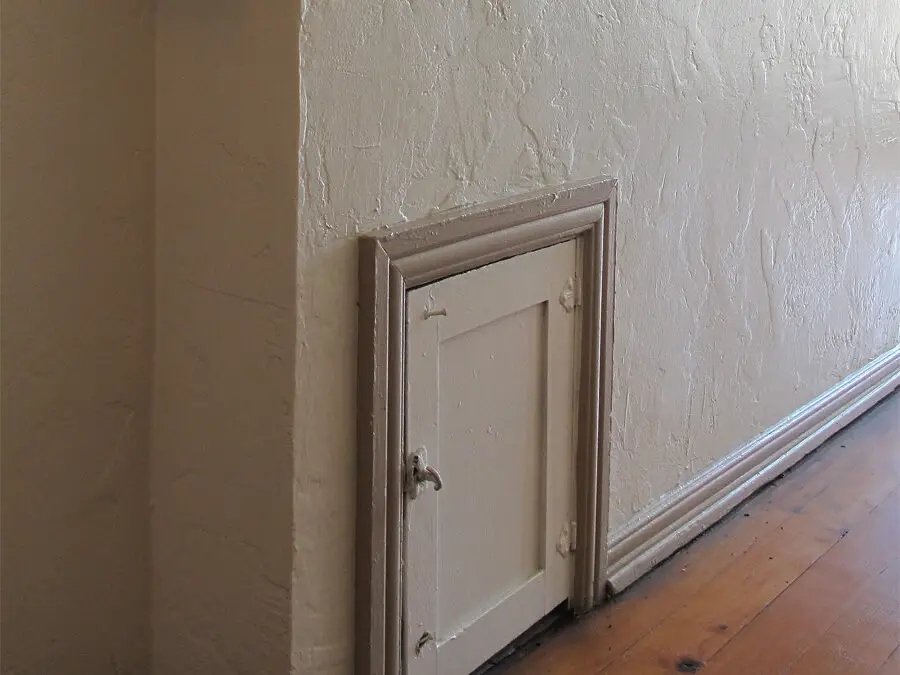
Milk doors were small, insulated compartments built into the walls of homes to allow milk deliveries without requiring homeowners to open the front door. In the era of daily milk deliveries, this was a convenient way to keep dairy fresh. However, as grocery stores became more widespread and refrigeration improved, the need for milk doors vanished. Today, many people have no idea what these small doors were originally for.
Some homeowners seal them up, while others use them as quirky pass-throughs for mail or pet food storage. Though once a common feature, milk doors are now a relic of a bygone era of home delivery.
9. Rotary Dimmer Light Switches
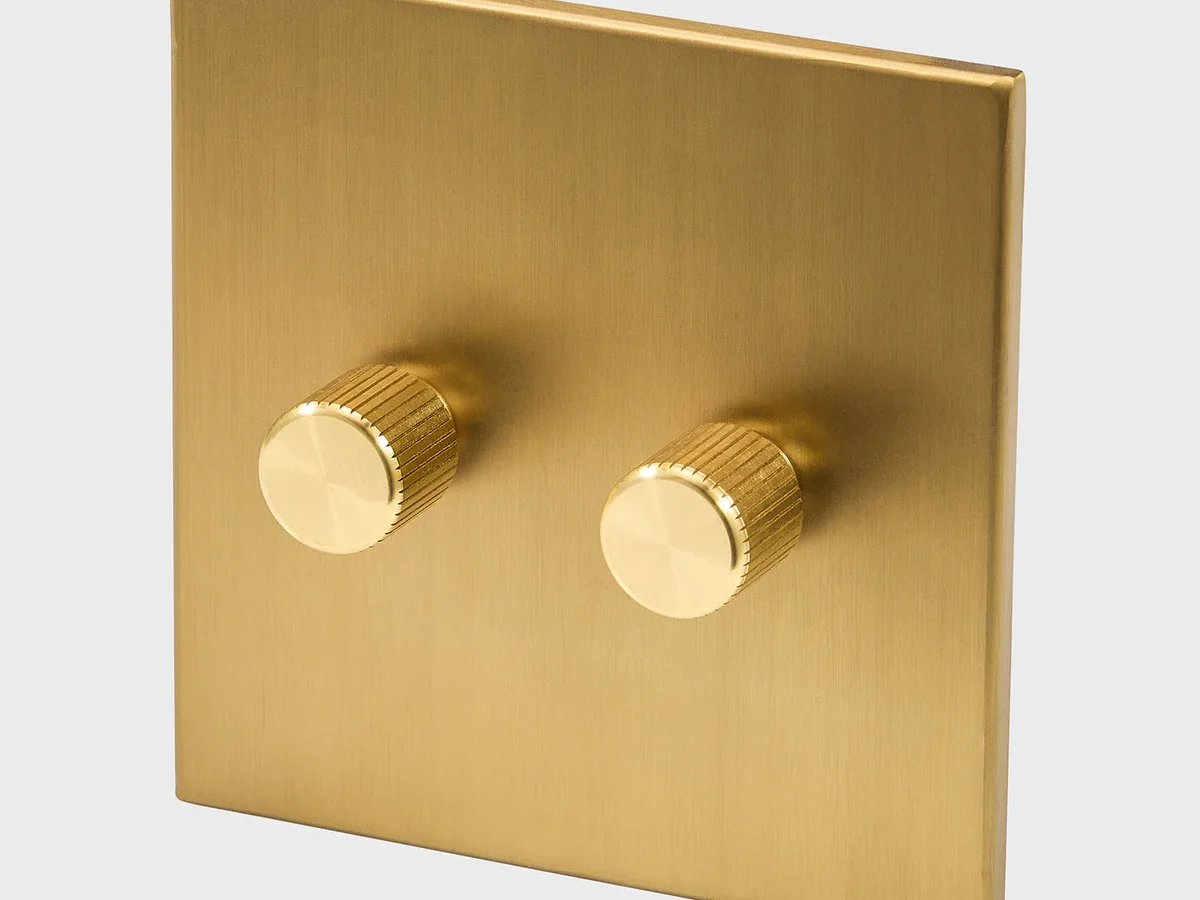
Rotary dimmer light switches were a stylish home feature in the mid-20th century, allowing homeowners to control dimmable lighting with a simple twist. While they were innovative at the time, modern dimmer switches and smart lighting have made them obsolete. Many younger homeowners encountering these switches for the first time don’t know how to use them. Though functional, they feel outdated compared to today’s sleek, touch-sensitive lighting controls.
Most homes have replaced these rotary dimmers with more efficient LED-compatible models. Some still appreciate their vintage charm, but they are no longer a standard home feature.
10. Sewing Machine Cabinets
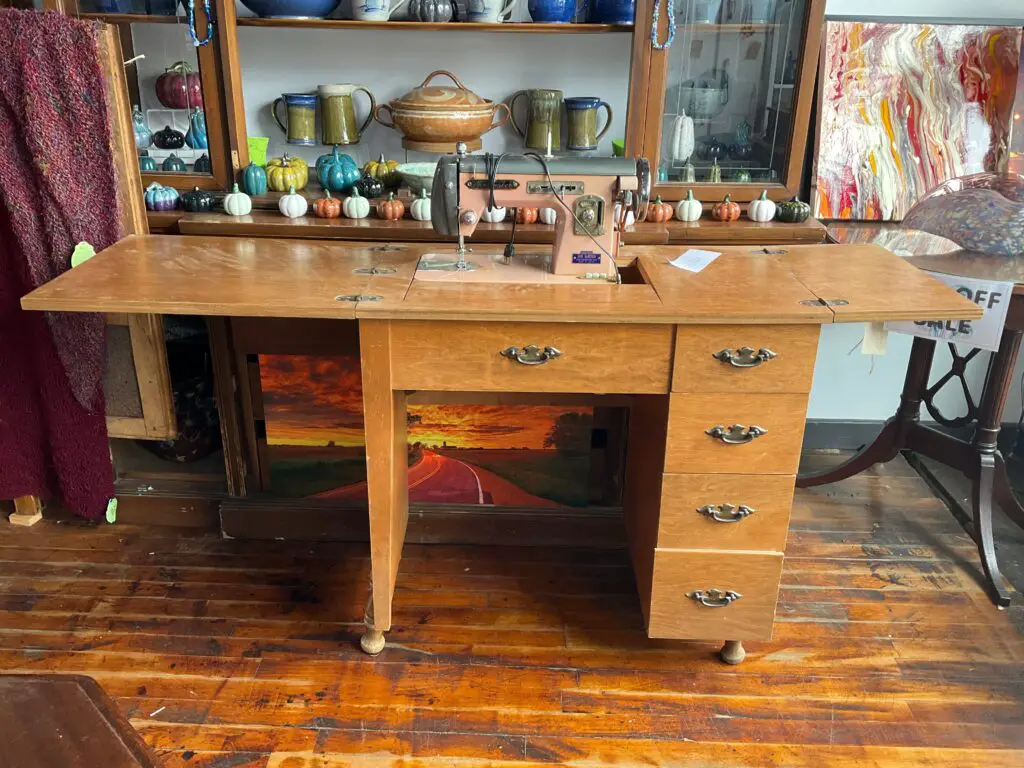
Many homes once featured built-in sewing machine cabinets, reflecting a time when sewing was a common household skill. These cabinets provided a dedicated workspace for repairing clothes, making garments, or crafting textiles. With the rise of ready-to-wear fashion and the decline of home sewing, these built-ins are now rarely used. They often serve as decorative furniture rather than functional workspaces.
Some homeowners repurpose them as desks or storage units, but few still use them for their original purpose. Sewing, once a necessity, has become more of a niche hobby than a household essential.
11. Keyhole Escutcheons
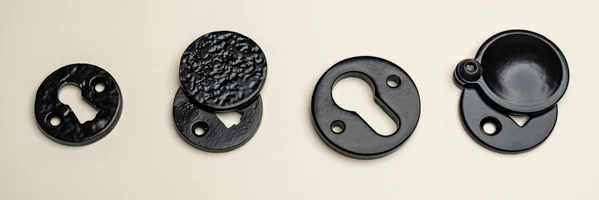
Keyhole escutcheons were once a common decorative and functional feature on doors and furniture. These metal plates surrounded keyholes to prevent wear and protect against dust, making them both practical and stylish. As modern locks have shifted toward electronic and keyless entry systems, these once-essential details have become unnecessary. Many people now see them as purely ornamental, unaware of their original purpose.
In older homes, keyhole escutcheons can still be found, though they are often left unused. Some homeowners choose to restore them for their vintage charm, while others remove them entirely during renovations. Without skeleton keys in widespread use, their function has faded, leaving them as nostalgic remnants of past security measures. While they once offered both protection and elegance, they are now more of a curiosity than a necessity.
12. Glass Insulators
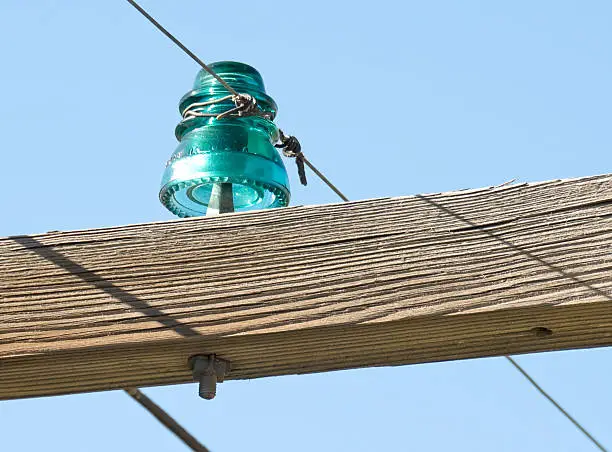
Glass insulators, once commonly found on telephone poles, were essential for keeping electrical and telecommunication wires functional. They prevented currents from escaping into wooden poles and ensured reliable transmission. As technology advanced, these insulators were phased out in favor of underground wiring and fiber optics. Today, most people have no idea what they were originally used for.
Now, glass insulators are often repurposed as collectible items or rustic home décor. Some crafters turn them into lamps, vases, or garden ornaments, giving them a second life. While they once played a vital role in communication infrastructure, they are now appreciated mainly for their unique colors and vintage appeal. Their presence in antique shops and flea markets is a reminder of how far technology has progressed.
13. Boot Scrapers
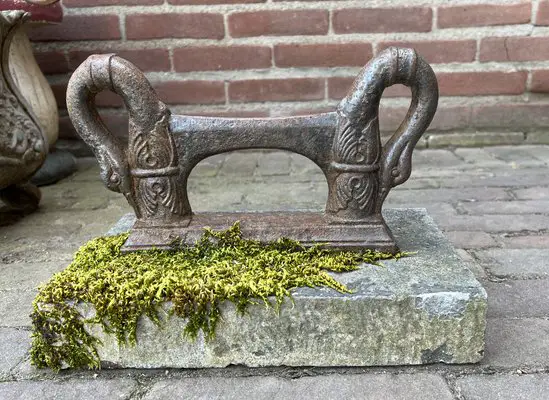
Boot scrapers were once a necessity outside homes, helping people clean mud and dirt off their shoes before entering. These metal fixtures were typically installed near front doors or embedded in the ground. Before paved streets and modern doormats, they were an essential tool for keeping interiors clean. However, as outdoor surfaces improved and entryway rugs became more effective, boot scrapers started to disappear.
In some historic neighborhoods, boot scrapers can still be seen, though they are rarely used for their original purpose. Many homeowners leave them in place as decorative elements or remove them altogether. With today’s easy-to-clean flooring and indoor shoe policies, the need for an outdoor scraping tool has diminished. Though once a practical feature, they are now mostly a curiosity from a dirtier, less paved era.
14. Bread Boxes
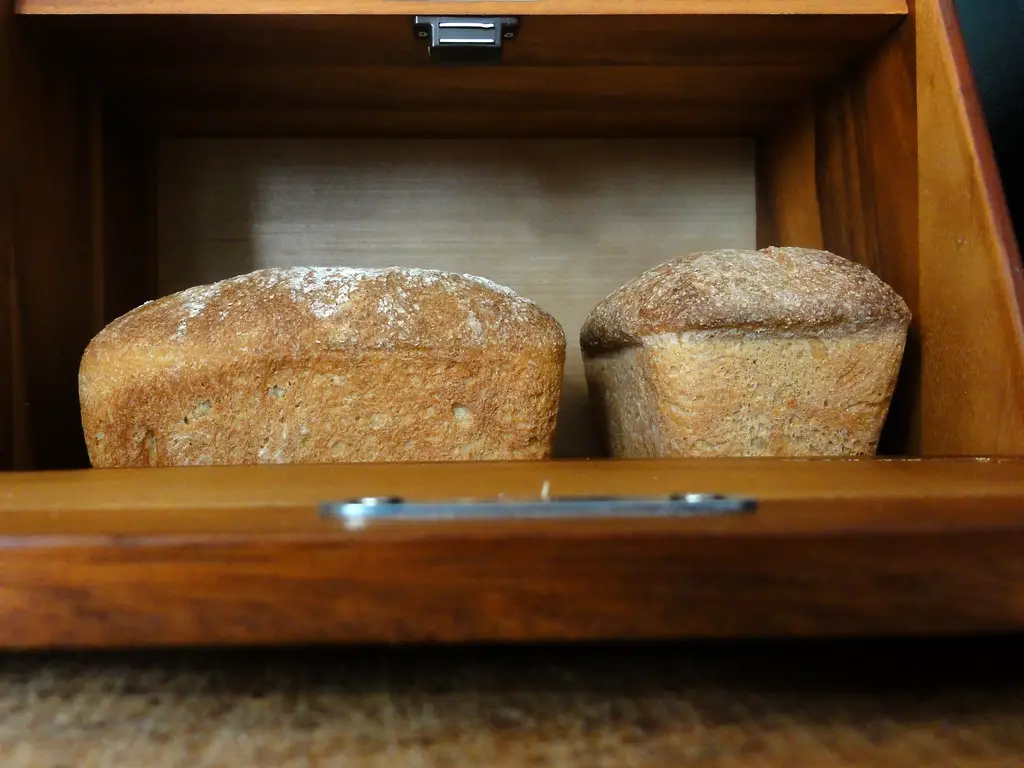
Bread boxes were once a kitchen staple, designed to keep baked goods fresh by providing a controlled environment. Before the widespread use of preservatives and plastic packaging, they helped prevent bread from going stale too quickly. Many households had a dedicated space for them, often built into countertops or standalone units on kitchen shelves. Over time, advances in food storage and refrigeration made them less necessary.
Today, few people use bread boxes, as store-bought bread lasts longer without special storage. Some homeowners repurpose them for kitchen organization, using them to hold snacks or utensils. While they still have a nostalgic charm, their original function has mostly faded from modern kitchens. What was once an everyday essential is now more of a retro accessory.
15. Telephone Chairs
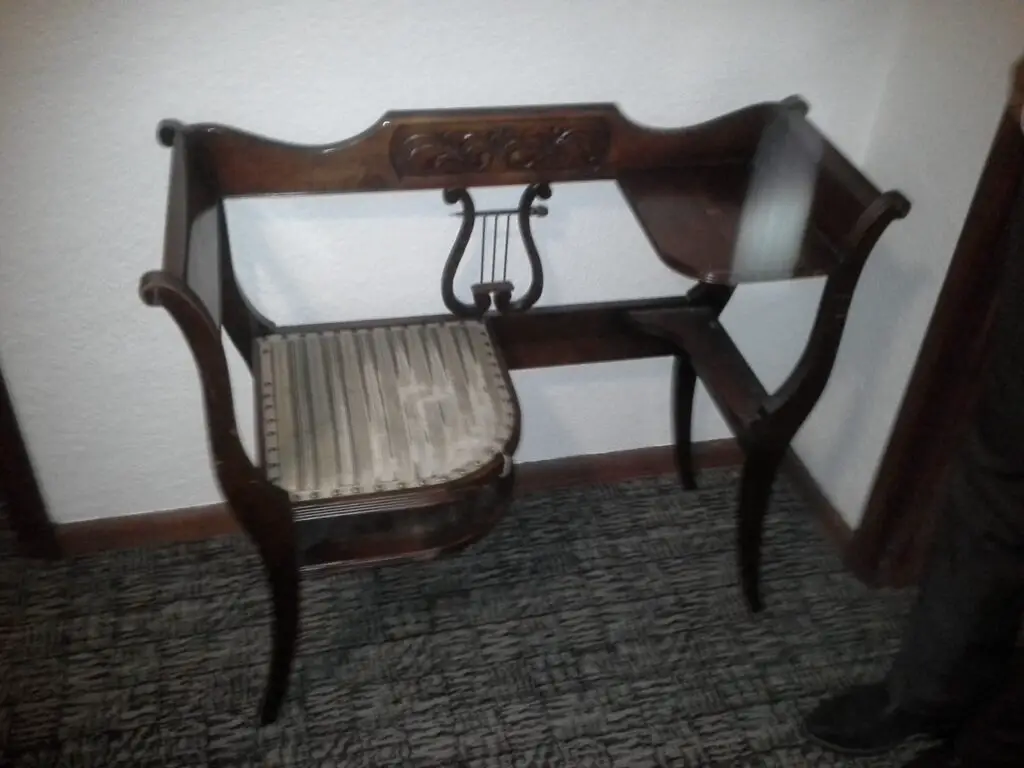
Telephone chairs, also known as gossip benches, were designed to provide a comfortable place to sit while using a landline phone. These pieces of furniture often featured a small table attached for resting the phone and taking notes. In a time when phone conversations were more formal and lasted longer, having a designated space made sense. However, as mobile phones became the norm, the need for such furniture disappeared.
Today, telephone chairs are rarely used for their original purpose, though they remain popular as vintage décor. Some homeowners repurpose them as stylish accent chairs or side tables. While they once served a practical function, their relevance has faded with the decline of landlines. What was once a household necessity is now an antique conversation piece.
